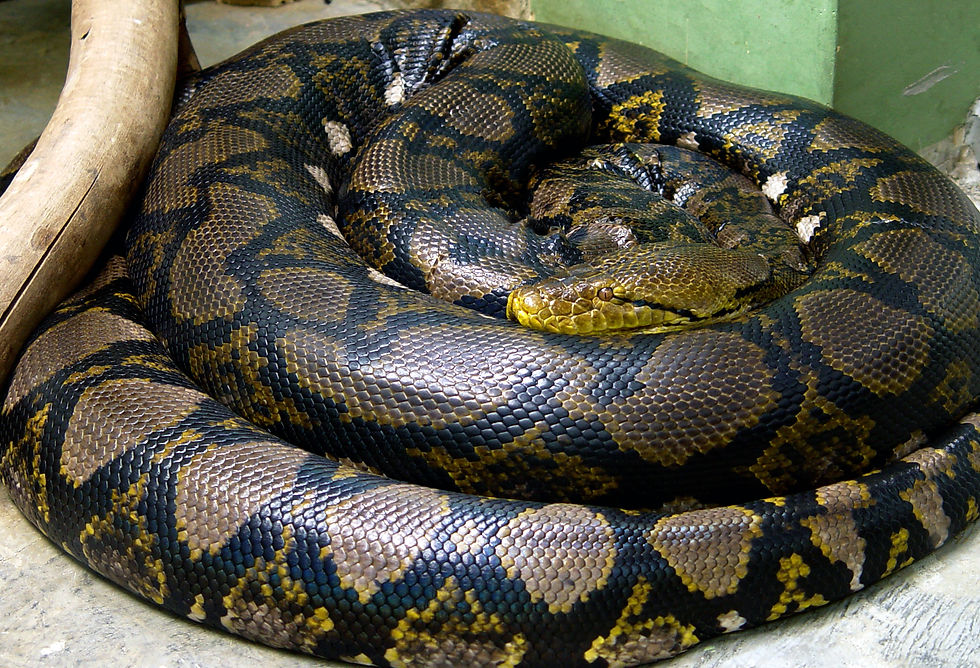
CREATURE-PEDIA
Python




Pythons are a family of nonvenomous snakes found in Africa, Asia, and Australia. Among its members are some of the largest snakes in the world. Eight genera and 26 species are currently recognized. Most members of this family are ambush predators, in that they typically remain motionless in a camouflaged position, and then strike suddenly at passing prey. They will generally not attack humans unless startled or provoked, although females protecting their eggs can be aggressive. Reports of attacks on human beings were once more common in South and Southeast Asia, but are now quite rare. Pythons are found in sub-Saharan Africa, Nepal, India, Sri Lanka, Burma, southern China, Southeast Asia, and from the Philippines southeast through Indonesia to New Guinea and Australia. In the United States, an introduced population of Burmese pythons, has existed as an invasive species in the Everglades National Park since the late 1990s. Pythons use their sharp, backward-curving teeth, four rows in the upper jaw, two in the lower, to grasp prey which is then killed by constriction, after an animal has been grasped to restrain it, the python quickly wraps a number of coils around it. Death occurs primarily by asphyxiation, some research has suggested that pressures produced during constriction may cause cardiac arrest by interfering with blood flow, but this hypothesis has not been confirmed. Larger specimens usually eat animals about the size of a house cat, but larger food items are known; some large Asian species have been known to take down adult deer, and the African rock python, has been known to eat antelope. All prey is swallowed whole, and may take several days or even weeks to fully digest. Contrary to popular belief, even the larger species such as the reticulated python, it doesn’t crush their prey to death in fact, prey is not even noticeably deformed before it is swallowed. The speed with which the coils are applied is impressive and the force they exert may be significant, but death is caused by suffocation, with the victim not being able to move its ribs to breathe while it is being constricted. Females lay eggs. This sets them apart from the family boas, most of which bear live young. After they lay their eggs, females typically incubate them until they hatch. This is achieved by causing the muscles to "shiver", which raises the temperature of the body to a certain degree, and thus that of the eggs. Keeping the eggs at a constant temperature is essential for healthy embryo development. During the incubation period, females will not eat and only leave to bask to raise their body temperature. Most species in this family are available in the exotic pet trade. However, caution must be exercised with the larger species, as they can be dangerous; rare cases of large specimens killing their owners have been documented.
Fun Fact
Like all constricting snakes, pythons coiled their prey until their prey choke to death.
Did You Know?
The Reticulated Python said to be the longest snake in the world, up to 32 feet long.

